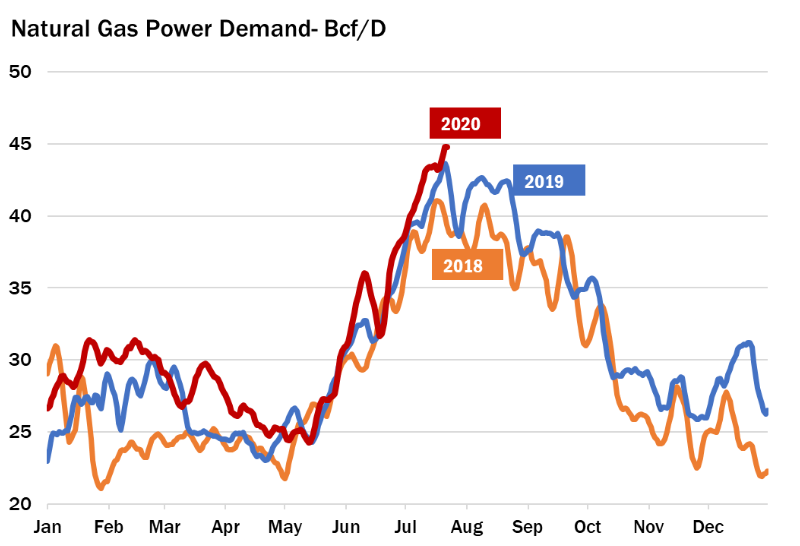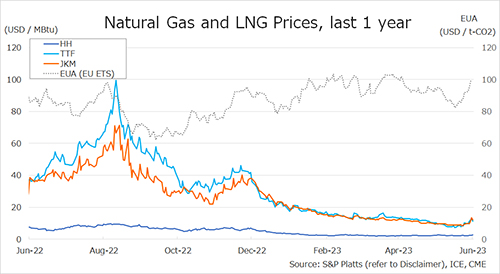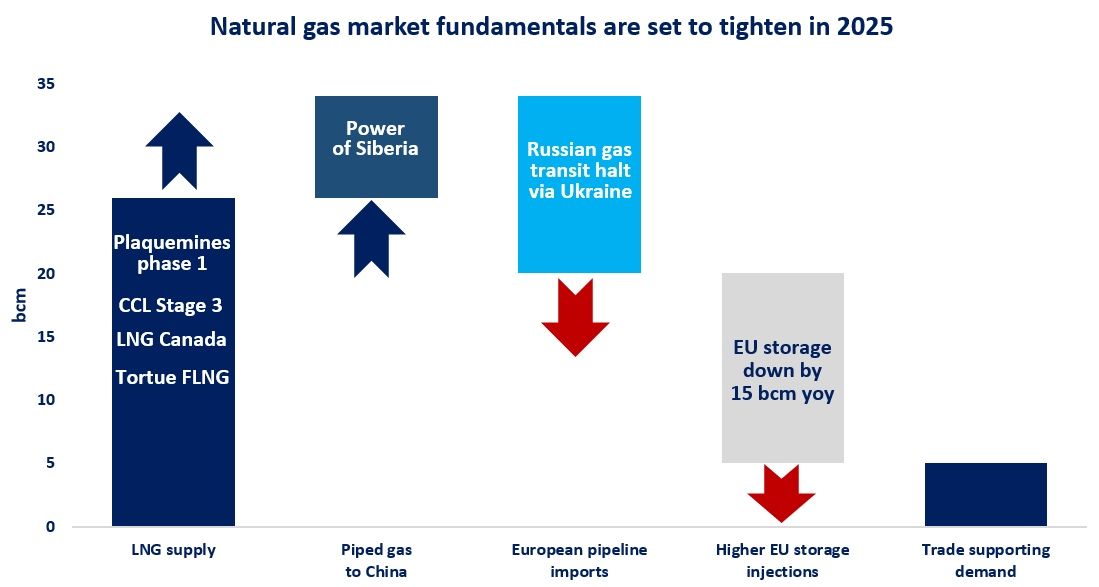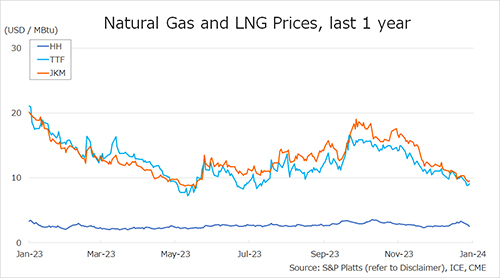
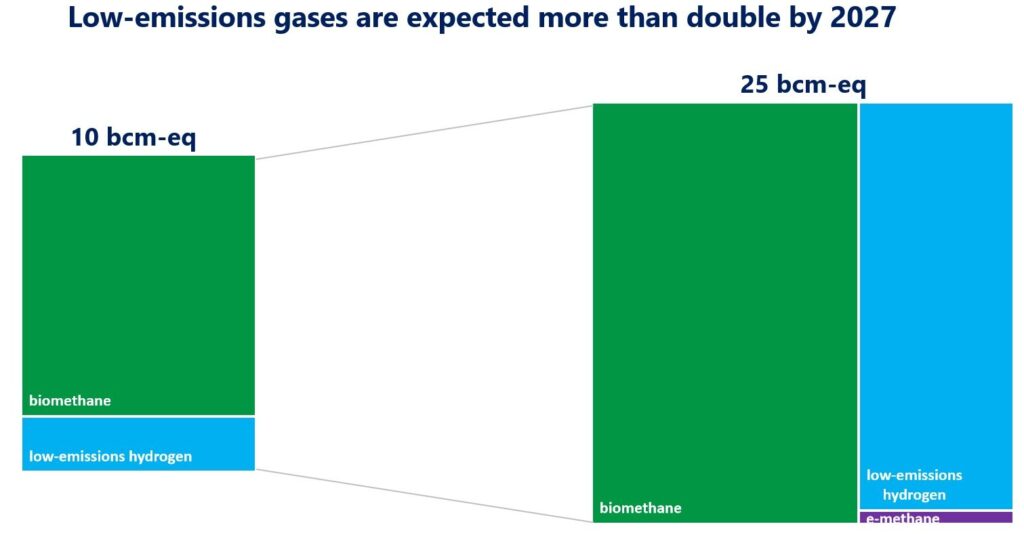
Low-emissions gases are set to more than double by 2027, primarily driven by a rapid expansion in biomethane and hydrogen supply.
Biomethane production is expected to double from 8 bcm in 2023 to almost 16 bcm by 2027, with the bulk of additional supply concentrated in Europe and North America. in addition, stronger policy focus is set to unleash additional growth in Brazil, China and India.
The transport sector is the primary driver behind higher biomethane demand, including in the United States amidst more stringent fuel requirements.
Low-emissions hydrogen is set to gradually take-off in the medium-term and increase by around fivefold by 2027. North America, China and Europe accounts for 85% of this growth.
Despite this rapid expansion, further efforts would be required to reach the ambitious targets set by governments, including the EU’s 10+10 Mt target by 2030, which seems to be out of reach now.
In contrast, e-methane developments are expected to remain limited over the medium-term, highlighting the need for more international cooperation between producers and consumers.
What is your view? How will low-emissions gases develop over the medium- and long-term? What are the key challenges ahead?
Source: Greg MOLNAR










